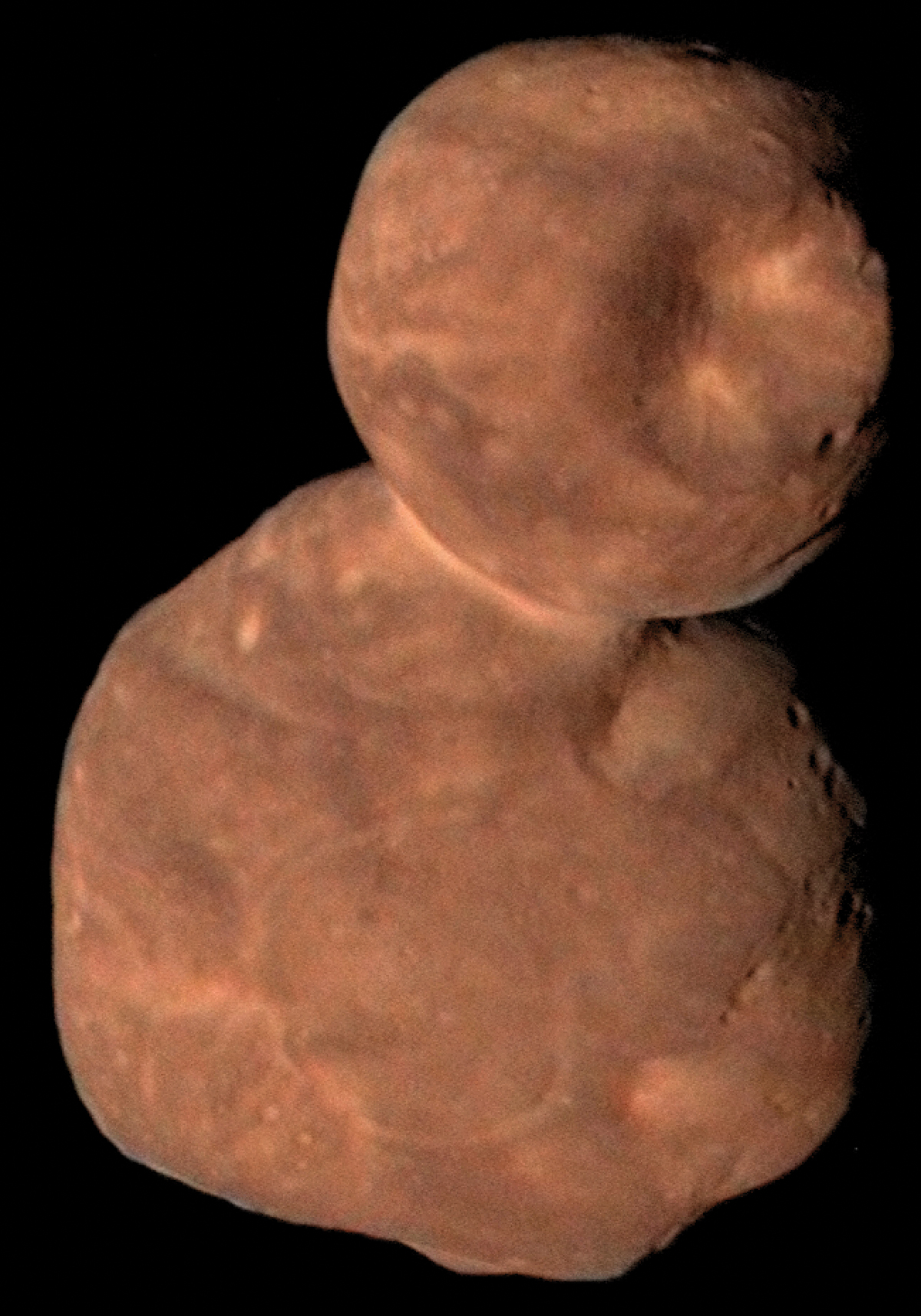Advertisement
Grab your lab coat. Let's get started
Welcome!
Welcome!
Create an account below to get 6 C&EN articles per month, receive newsletters and more - all free.
It seems this is your first time logging in online. Please enter the following information to continue.
As an ACS member you automatically get access to this site. All we need is few more details to create your reading experience.
Not you? Sign in with a different account.
Not you? Sign in with a different account.
ERROR 1
ERROR 1
ERROR 2
ERROR 2
ERROR 2
ERROR 2
ERROR 2
Password and Confirm password must match.
If you have an ACS member number, please enter it here so we can link this account to your membership. (optional)
ERROR 2
ACS values your privacy. By submitting your information, you are gaining access to C&EN and subscribing to our weekly newsletter. We use the information you provide to make your reading experience better, and we will never sell your data to third party members.
Physical Chemistry
Chemistry On Mars
September 1, 2008
| A version of this story appeared in
Volume 86, Issue 35
Aug. 18, page 16: UCB transferred only a small team of chemists, not its entire England-based medicinal chemistry operation, to the Galapagos service subsidiary BioFocus DPI. The majority of UCB’s U.K.-based chemists continue to operate from UCB’s R&D headquarters in Slough, Berkshire.
Aug. 18, page 48: The Center for Health, Environment & Justice is based in Falls Church, Va., not New York City.
“Digging Beneath the Martian Surface” implied that the Phoenix Mars lander would perform “the first wet chemistry experiments on another planet” (C&EN, May 19, page 41).
However, the 1976 Viking Mars lander carried the Labeled Release (LR) Life Detection Experiment, which incubated martian soil samples in a nutrient solution containing radiocarbon-labeled organic compounds (glycine, alanine, etc.), then monitored for evolution of radiocarbon-labeled gas. Surely, that was “wet” chemistry.
Interestingly, the results of the Viking LR experiments were positive, and debate has continued as to whether those experiments might have actually detected life on Mars.
Daniel Geselowitz
Bethesda, Md.
“Martian Soil Gets Baked” discusses images from the Phoenix lander on Mars showing “a stark white substance about 5 cm down in the trenches dug by the scoop, which scientists say could be salts, but they favor the possibility of ice” (C&EN, June 23, page 10).
A similar article on the front page of the June 19 edition of the San Jose Mercury News shows two photos of the same trench, one taken initially and the second one taken several days later. Several white spots shown in the initial photo disappeared in the second photo. This was used as the evidence that the white spots were ice, which sublimated upon exposure to sunlight and thus disappeared in the second photo. I checked the websites of Phoenix Mars Mission (http://phoenix.lpl.arizona.edu) and NASA’s Mars Exploration Program (http://marsprogram.jpl.nasa.gov/overview), and both sites have similar statements about the white spots likely being ice.
I highly doubt that those white spots are ice. If the white spots were ice and some of the ice sublimated in just a few days upon exposure, the ice would have sublimated long, long ago and would not last to this day. If these white spots were ice, they formed millions of years ago. A few inches of Mars’s soil on top of the ice will slow the ice’s sublimation rate but will not stop it completely. The ice would have sufficient time to sublimate. If there were still any ice on Mars, it would probably exist much deeper than a few inches below Mars’s surface.
Xinggang Tong
Oakland, Calif.
Samuel P. Kounaves, a Phoenix mission co-investigator, clarifies:
Observations by the Mars Odyssey orbiter during the past several years have indicated shallow buried water ice at the martian northern and southern mid- and high-latitude polar regions (Science 2002, 297, 81). The presence and stability of this ground ice has been predicted by a variety of models (Icarus 2004, 169, 324). The ice table is at equilibrium via diffusion of water vapor to the ice/soil boundary.
Phoenix has discovered that predicted ice table at about 10 cm, as clearly shown by the ice exposed during the descent by the thruster jets and as seen in the excavated trenches. The substance is not frozen CO2, since the current pressure and air/surface temperatures are well above the sublimation point of CO2. Small pieces of the exposed white material in the trench were accidently excavated. The chunks of ice while attached to the larger body of ground ice would be at a lower temperature than the small detached pieces, and their sublimation rate would be greater than the bulk ice. The material sublimated over several days at a rate that is consistent with the measured pressure and temperature.
The purpose of the two Viking lander experiments was to detect microbial life, not to analyze the chemistry of the soil. Water and nutrients were indeed added, but the chambers were monitored only for gas release. The experiments gave a positive indication according to the predetermined protocols. The GC/MS on both landers found no organic carbon, and thus it has been concluded that the gas release was caused by the nutrients and water reacting with an oxidizing component of the soil. The landers did perform an inadvertent chemical experiment, but that was not their intent.
The wet chemistry experiments on Phoenix (J. Geophys. Res., doi:10.1029/2008JE003084, in press) are the first to perform a wet chemical analysis of the soil, specifically to identify its soluble ionic components, pH, redox potential, and conductivity. They have done this amazingly well, and a more complete chemical analysis to be released in the near future will change the way we view Mars’s geochemistry.




Join the conversation
Contact the reporter
Submit a Letter to the Editor for publication
Engage with us on Twitter